You will need:
- Two plastic funnels
- Rubber tubing to fit the funnels
- One balloon
- A friend in a pool
- Adult supervision
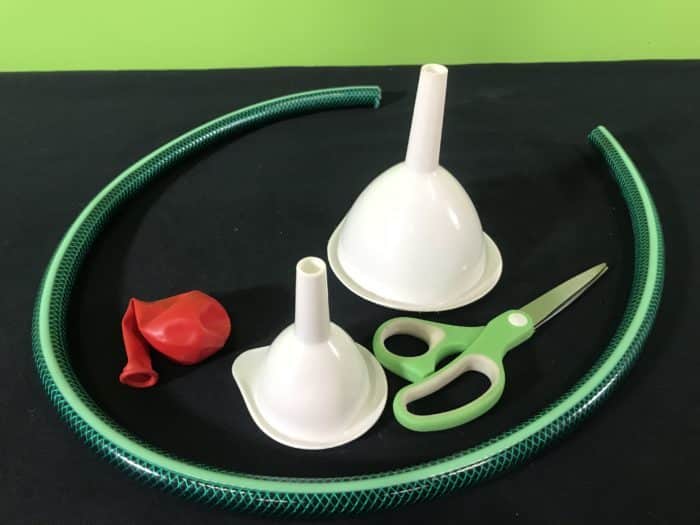
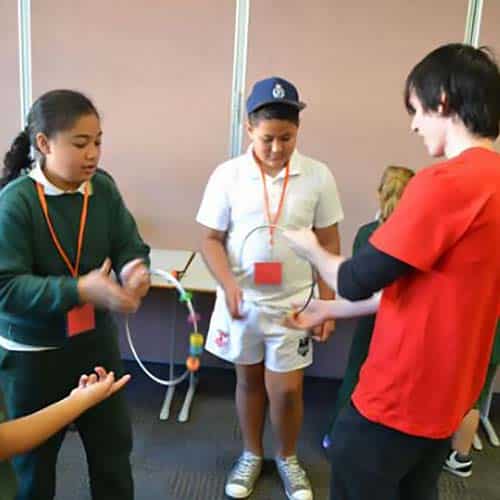
School science visits since 2004!
– Curriculum-linked & award-winning incursions.
– Over 40 primary & high school programs to choose from.
– Designed by experienced educators.
– Over 2 million students reached.
– Face to face incursions & online programs available.
– Early learning centre visits too!
Why Does This Happen?
Sound is produced by vibrations. The stretched balloon picks up vibrations travelling through the water. As the balloon starts to vibrate it amplifies the sound so you can hear.
Whales can send and receive messages through water many kilometres away due to the sound being able to travel faster through water than it does in air. Why is this so? Liquid molecules are packed more tightly than the gas molecule. This means that the vibrations travel faster through liquids than they do through the air (and with less energy loss).
Variables to test
- Is there a limit to the length of hose?
- What happens if you change the funnel size?
- Can the underwater telephone work without the balloon?
From frequency & amplitude through to echoes & wave distortions, we’ve got your unit on sound covered!
Get in touch with FizzicsEd to find out how we can work with your class.
Science of Sound
Years 1 to 6
30 to 60 students
Show or workshop (NSW & VIC)
60 or 90 minutes
Online Class Available
STEM Full Day Accelerator - Primary
Designed from real classroom experiences, this modular day helps you create consistently effective science learning that directly address the new curriculum with easily accessible and cost-effective materials.
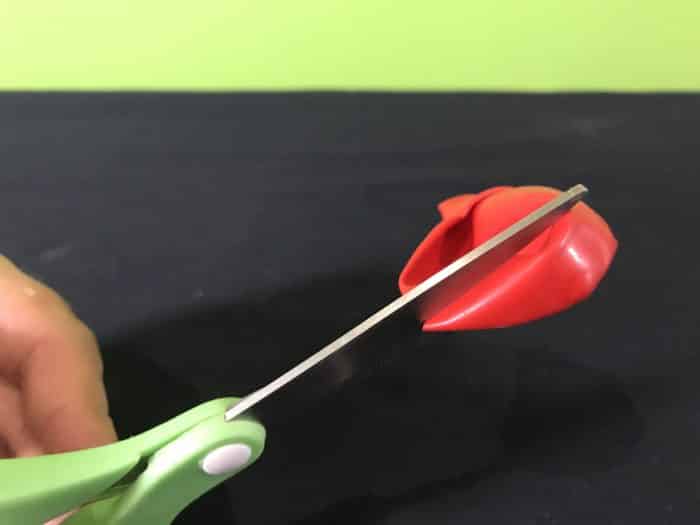
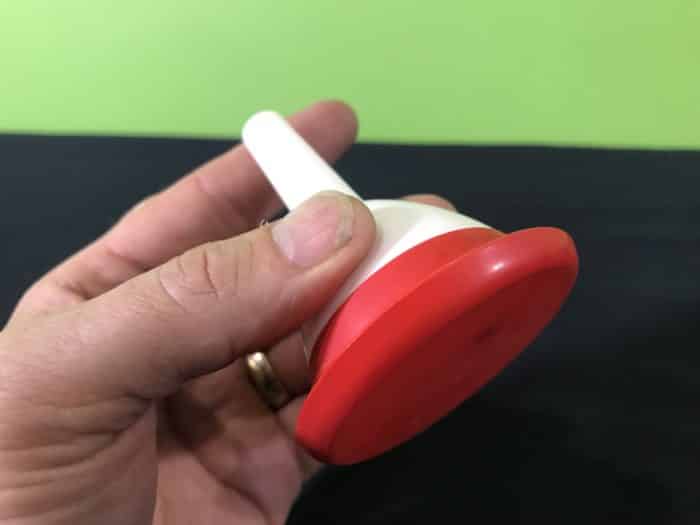
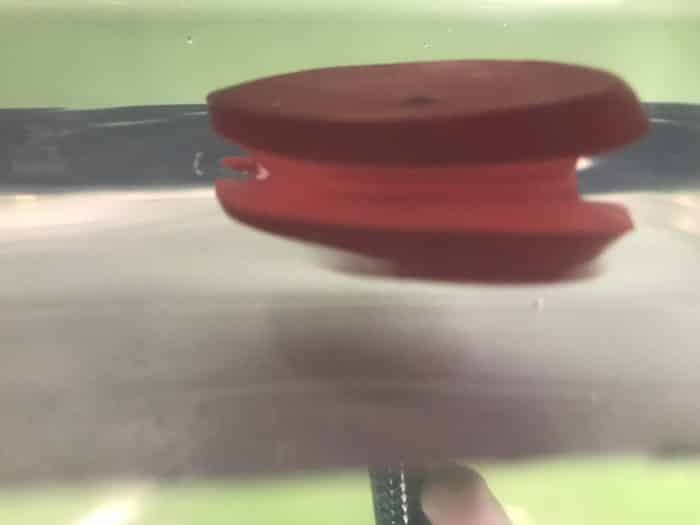
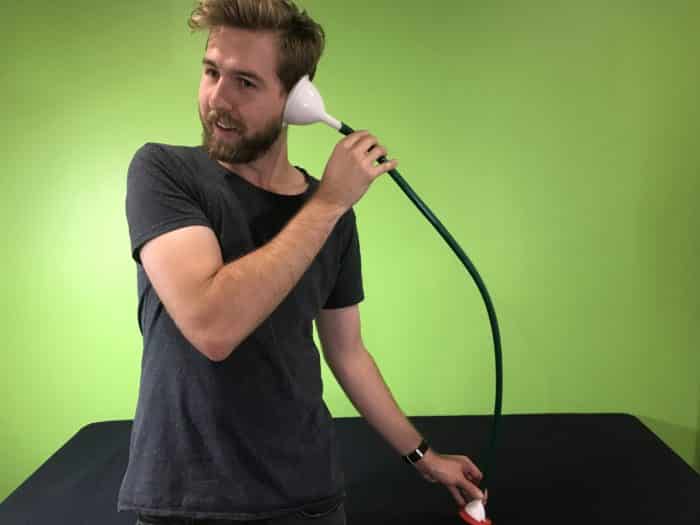

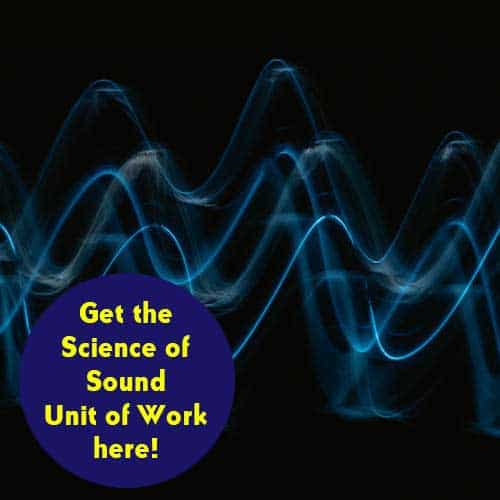


























Comments